Combining acetic acid with organic fertilizer is a solution that brings economic efficiency and environmental protection to agricultural cultivation.
Combining acetic acid with organic fertilizers is becoming a new trend aimed at improving fertilizer efficiency and increasing crop yields. In this article, SATAKA will help you understand the benefits of combining acetic acid with organic fertilizers and the key considerations when implementing this method.
Acetic acid, chemically represented as CH₃COOH, is a compound commonly known as vinegar, typically containing a concentration of 4-8%. In agriculture, acetic acid serves not only as a pH adjuster but also enhances the decomposition of organic matter, facilitating nutrient absorption by plants.
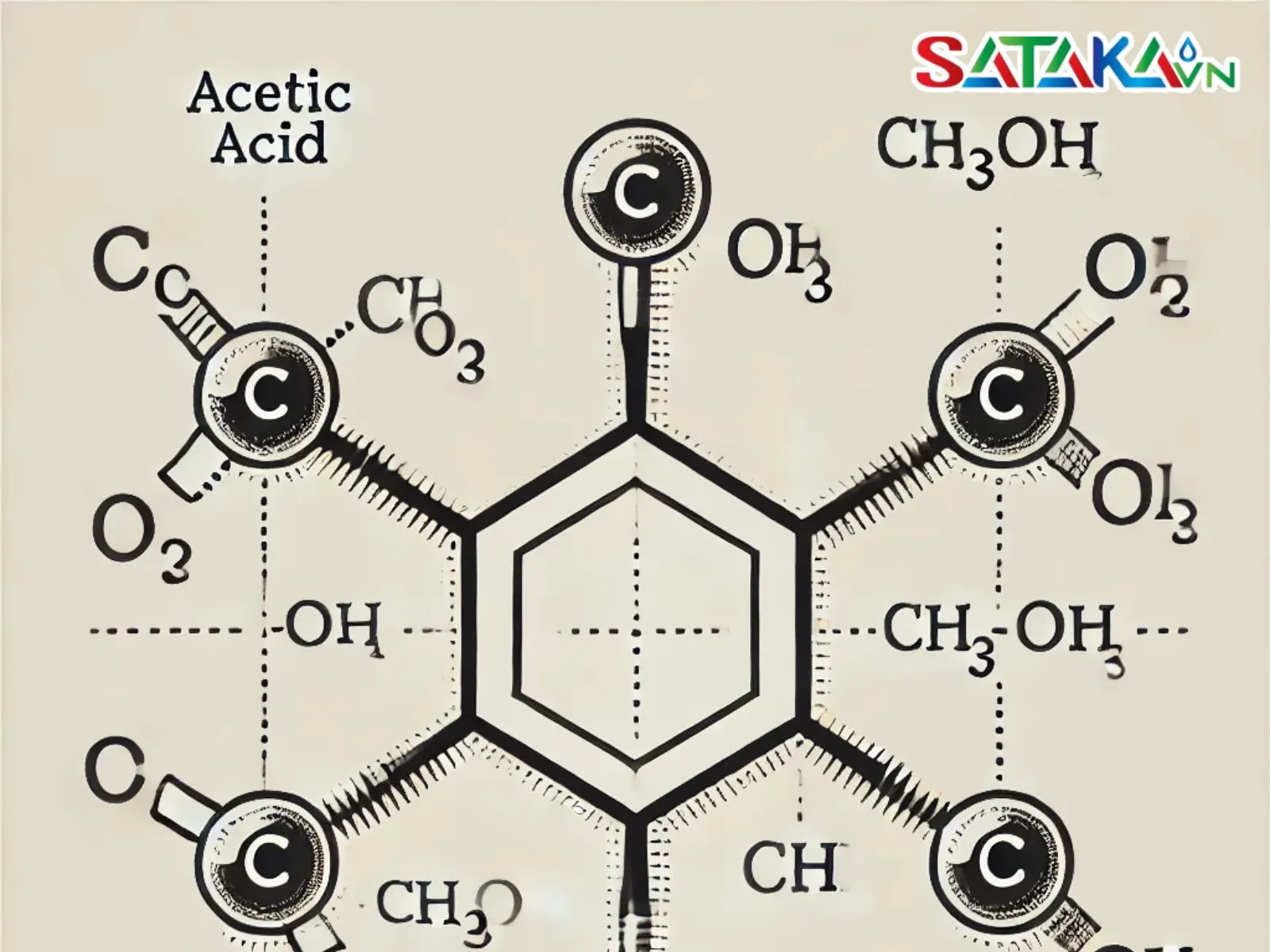
Axit Axetic
Organic fertilizers are derived from natural materials such as animal manure, plant residues, and biological waste. These fertilizers provide sustainable nutrients, improve soil quality, and promote the development of soil microorganisms, thereby enhancing plant health.
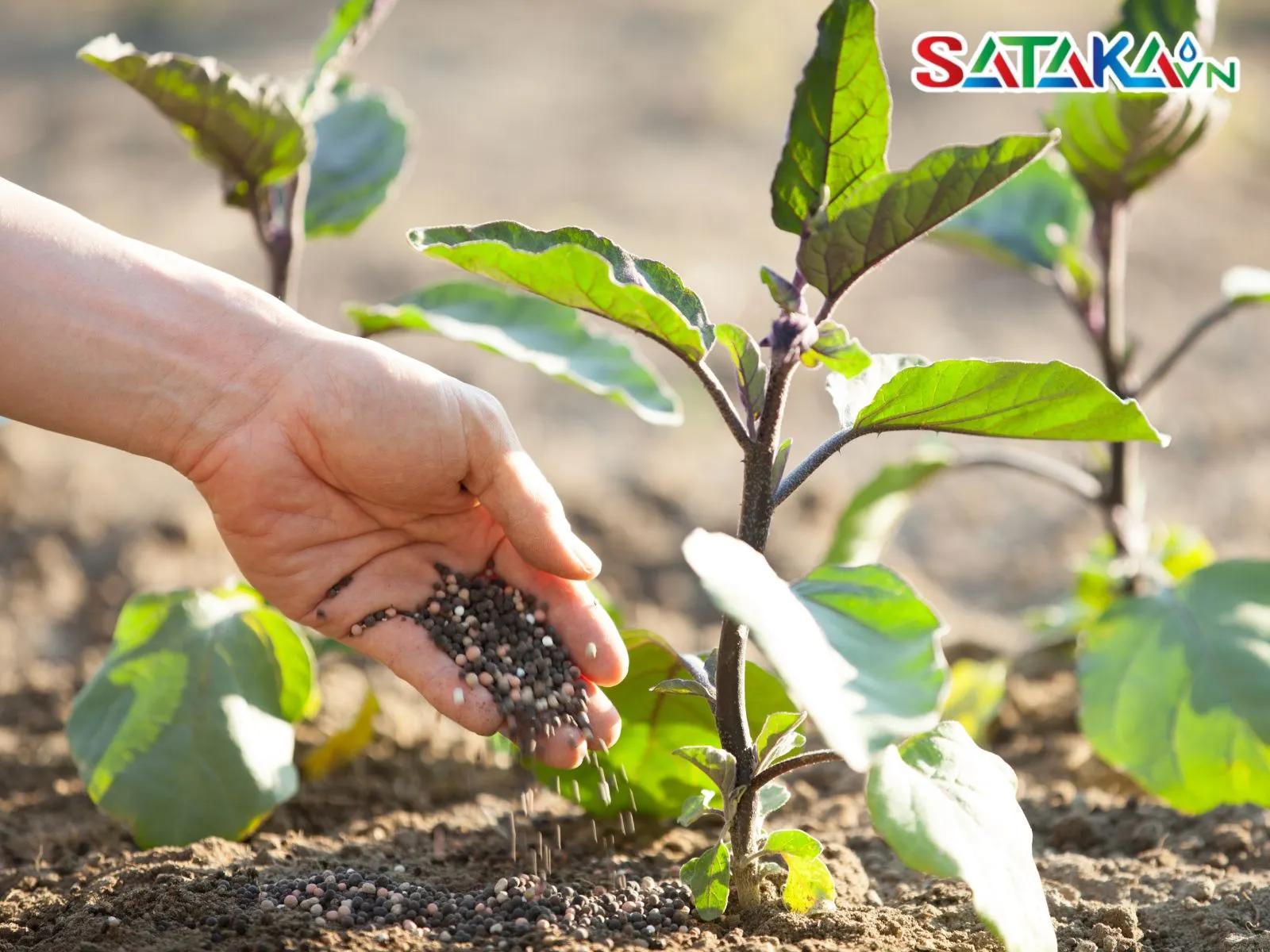
Organic fertilizer
The combination of acetic acid with organic fertilizers aims to enhance the efficiency of fertilizer use. Acetic acid accelerates the breakdown of organic components in the fertilizer and stimulates mineralization, allowing nutrients to be released quickly and absorbed easily by plants.
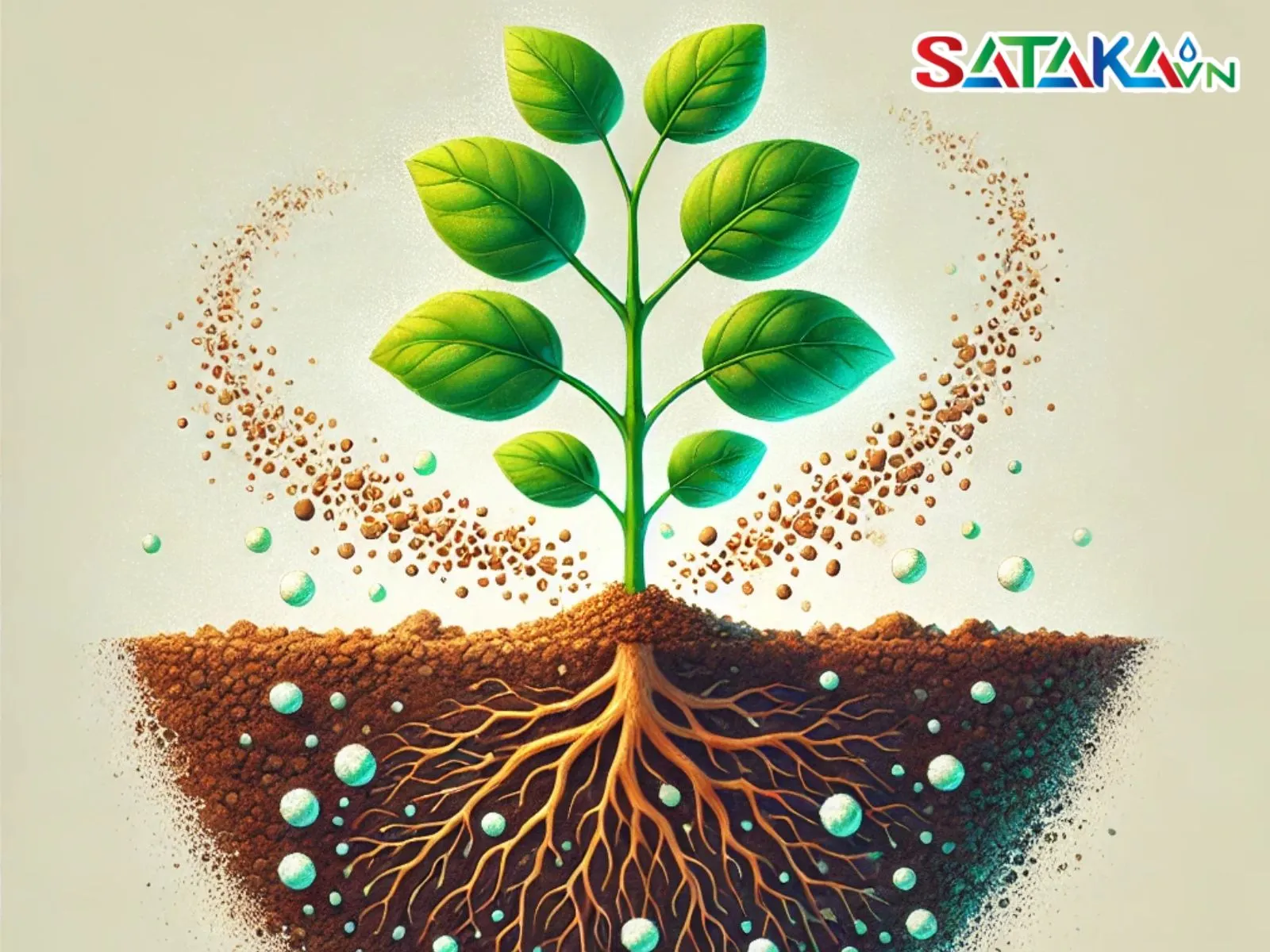
Fertilizer nutrients are easily absorbed into plants
Combining acetic acid with organic fertilizers brings numerous benefits for crops and improves agricultural practices. Below are the main advantages:
Organic fertilizers contain essential nutrients but often take a long time to decompose in soil. Acetic acid accelerates this process, making nutrients readily available to plants. This is particularly crucial during the early growth stages when nutrient demand is high.
One of the significant challenges of using organic fertilizers is that nutrients may not be fully absorbed by plants due to slow decomposition or leaching. Acetic acid creates an ideal environment for nutrient absorption by maintaining balanced pH levels and boosting the activity of beneficial soil microorganisms.
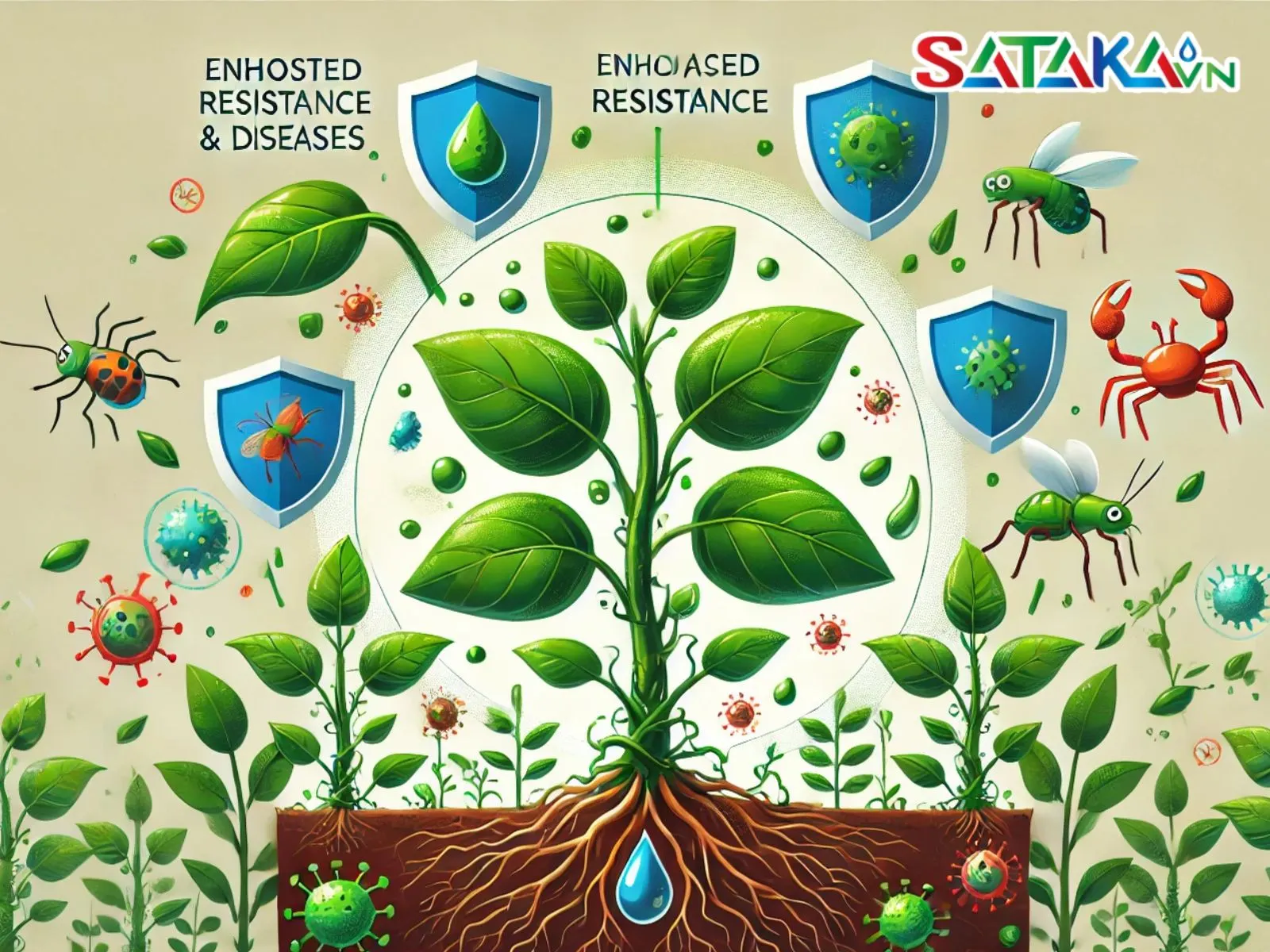
Increases pest resistance
Roots play a vital role in water and nutrient uptake. Combining acetic acid with organic fertilizers supports the development of a robust root system, allowing roots to penetrate deeper into the soil. This not only enhances nutrient uptake but also improves drought tolerance and resistance to environmental stress.
A healthy root system and better nutrient absorption strengthen a plant's ability to resist pests and diseases. Acetic acid also has mild antibacterial properties, which can limit the growth of harmful bacteria in the soil and contribute to natural disease prevention.
Acetic acid combined with organic fertilizers can be applied to various crops, from short-term crops like leafy greens, rice, and corn to perennial fruit trees such as durian, avocado, and mango.
Typically, acetic acid is diluted and evenly mixed with organic fertilizers before application. Practical studies have demonstrated the effectiveness of this combination in increasing agricultural productivity and product quality.

How to combine acetic acid with organic fertilizer
Many farmers have shared that using acetic acid not only enhances crop growth but also reduces fertilizer costs. Particularly in the context of rising chemical fertilizer prices, this method is an economical and environmentally friendly solution.
Although using acetic acid offers many benefits, its application requires careful handling with the following considerations:
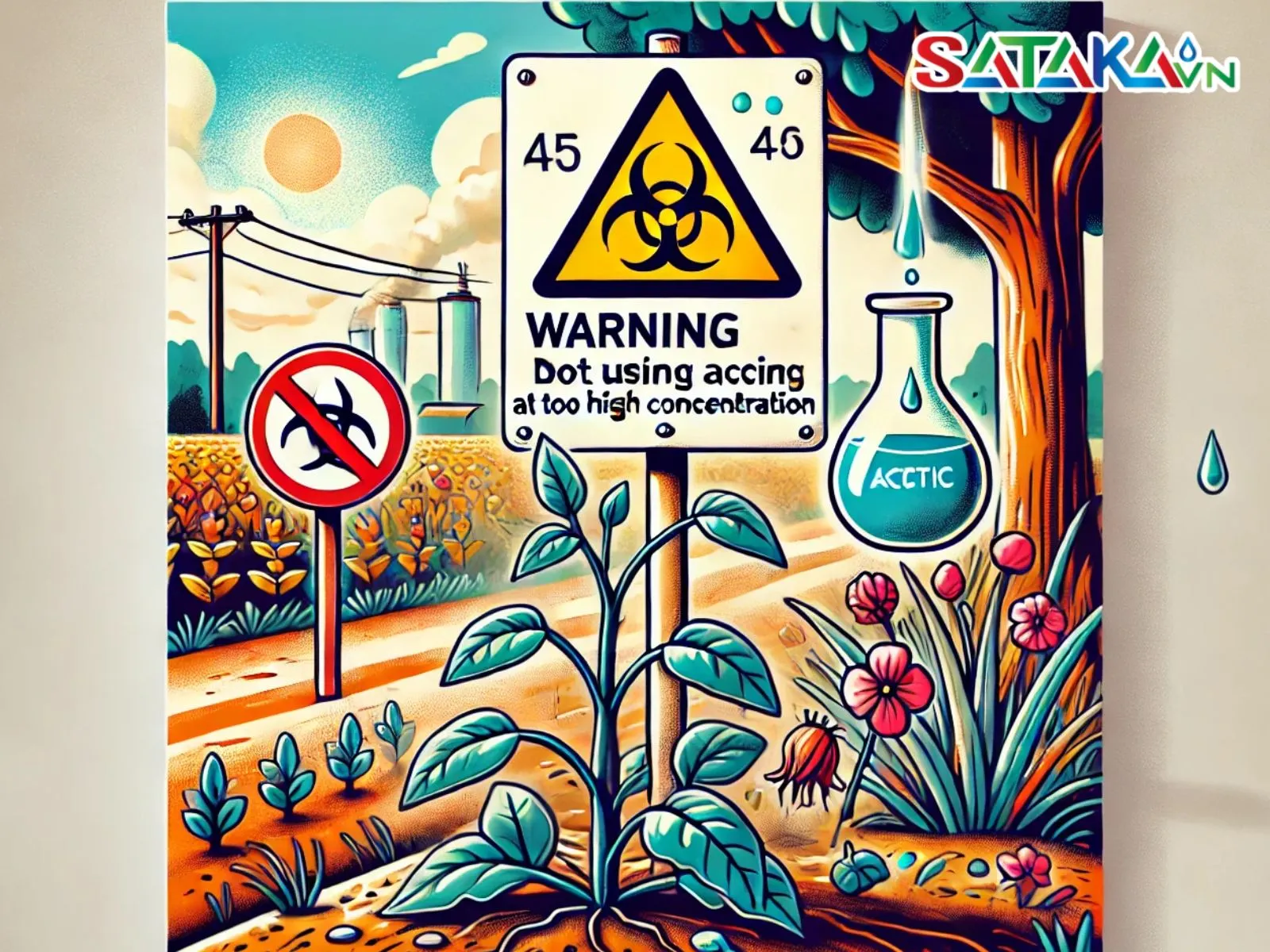
Do not use acetic acid at too high a concentration
Combining acetic acid with organic fertilizers is a promising solution in agriculture. This method not only optimizes nutrient use, improves plant health, but also minimizes environmental impacts. As organic farming continues to develop towards sustainable production, acetic acid can become an essential component that adds value and efficiency to organic fertilizer solutions.
This combination represents a significant step forward in optimizing natural resources and advancing clean and efficient production. Farmers are encouraged to consider applying this method in practice to achieve long-term benefits and contribute to the development of sustainable agriculture in Vietnam.
However, farmers must thoroughly understand the technical aspects and precautions to avoid negative impacts on soil and crops. SATAKA hopes this information provides you with new and valuable insights!